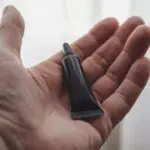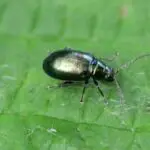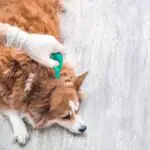How Long Do Fleas Take to Reproduce?
In order to reproduce, fleas must find a host, such as a human being or animal. Adult fleas are bloodsucking parasites with mouth parts that pierce the host’s skin. After hatching from their cocoon, adult fleas look for a blood meal and begin feeding within 10 seconds of landing on a host. The lifespan of an adult flea is anywhere from 20 to 62 days. It takes three to nine days for an adult flea to start laying eggs.
Flea eggs are laid on a host animal. When these eggs are laid, they are in the form of larvae, which remain within 50 feet of the host for at least two days. During this time, they remain vulnerable to heat and humidity, as they need a warm, moist environment to hatch. Fortunately, there are insecticides that kill adult fleas and eggs.
The larval stage of flea reproduction typically takes four to 18 days. The larvae, which are white and legless, are about half an inch long. The larvae live in flea dirt, which is actually the feces of adult fleas. Once they hatch, they develop into pupae, which will live for several days in cool temperatures, and months in hot and humid climates. Once the pupae emerge, the adult flea hunts for a host. After 24 hours, the female adult flea mates with the other adult flea in the same nest.
The life cycle of fleas is quite complicated and involves several stages. During their adult stage, female fleas lay between four and eight eggs, which hatch into larvae. Once they have finished feeding, they develop sex organs and copulate. The female will then begin to lay eggs. The life cycle of a flea can take from two weeks to eight months. While most species reproduce by breeding, a typical flea population contains 50% eggs, 35 larvae, ten pupae, and five percent adult fleas.








